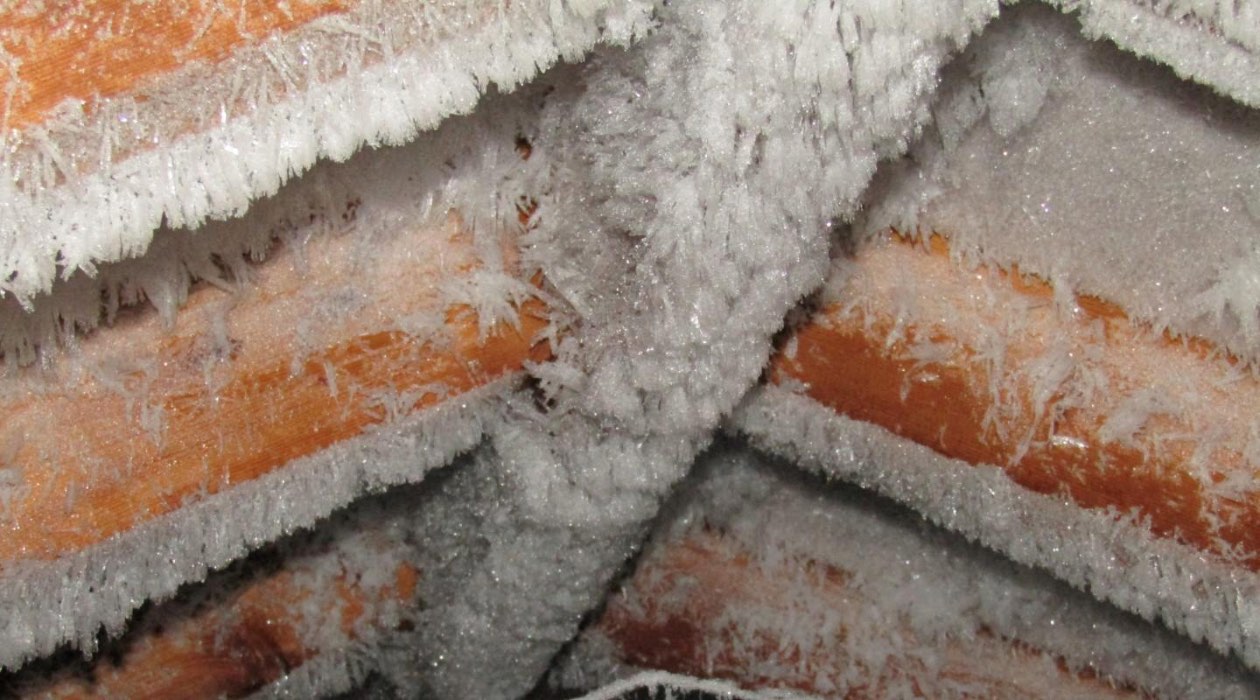

Articles
How To Get Frost Out Of Attic
Modified: December 7, 2023
Learn effective techniques and articles for removing frost from your attic and preventing further damage. Protect your home from costly repairs with our expert tips.
(Many of the links in this article redirect to a specific reviewed product. Your purchase of these products through affiliate links helps to generate commission for Storables.com, at no extra cost. Learn more)
Introduction
Frost build-up in the attic can be a frustrating issue for homeowners. Not only can it cause damage to the structural integrity of the attic, but it can also lead to insulation problems and even mold growth. Understanding the causes of frost in the attic and how to effectively remove and prevent it is essential for maintaining a healthy and functional living space.
In this article, we will explore the various causes of frost in the attic, discuss how to assess the severity of frost build-up, and provide practical tips on removing and preventing frost in the attic. By following these guidelines, you can regain control over your attic’s climate and ensure a comfortable environment for you and your family.
Key Takeaways:
- Understanding the causes of frost in the attic, such as poor insulation and moisture generation, is crucial for effective prevention. By addressing these factors and implementing preventive measures, homeowners can maintain a healthier and more efficient attic space.
- Assessing the severity of frost build-up and taking appropriate steps to remove it, such as controlling moisture levels and upgrading insulation, are essential for preventing future occurrences. Implementing preventive measures, including proper ventilation and regular maintenance, can significantly reduce the likelihood of frost build-up in the attic.
Read more: How To Get Baby Raccoons Out Of Attic
Understanding Frost in the Attic
Frost in the attic is the result of condensation that occurs when warm, moist air comes into contact with a cold surface. The attic, being located at the top of the house and often isolated from the heated living spaces below, tends to be significantly colder. When warm air from inside the house enters the attic through gaps, cracks, or insufficient insulation, it meets the colder surfaces and condenses into water droplets. These droplets then freeze, resulting in frost formation.
Frost in the attic can occur during the winter months, when the temperature gradient between the heated living spaces and the attic is high. It is especially common in climates with cold winters and high humidity. However, even in milder climates, if moisture is present in the home due to activities like cooking, showering, or drying clothes indoors, it can contribute to frost formation in the attic.
The presence of frost in the attic is not only a cosmetic issue but also a red flag for potential problems. It indicates that there is excess moisture being trapped in the attic, which can lead to insulation degradation and even structural damage over time. Additionally, if left unaddressed, the moisture can create an ideal environment for mold and mildew growth, posing health risks to occupants.
Understanding the factors that contribute to frost in the attic is crucial for effectively dealing with the issue. By addressing the underlying causes and implementing preventive measures, you can ensure a healthier and more efficient attic space.
Causes of Frost in the Attic
There are several potential causes of frost build-up in the attic. Understanding these causes is key to addressing and preventing the issue effectively.
- Poor Insulation: Insufficient insulation in the attic allows warm air from the living spaces below to penetrate into the attic. When this warm air comes into contact with the cold attic surfaces, condensation occurs, leading to frost formation. Upgrading the insulation in the attic can help reduce this heat transfer and minimize frost build-up.
- Inadequate Ventilation: Proper ventilation is vital to maintain a balanced attic environment. Without adequate ventilation, moisture-laden air becomes trapped in the attic, increasing the chances of frost formation. It is essential to have a well-designed ventilation system that allows for the free flow of air, expelling excess moisture and maintaining consistent temperatures.
- Air Leaks: Gaps and cracks in the attic allow warm, humid air from the living spaces below to infiltrate the attic. These air leaks create the ideal conditions for condensation and frost formation. It is crucial to seal any openings or air leaks in the attic, including around vents, chimneys, and electrical outlets, to prevent unwanted air transfer.
- Moisture Generation: Activities that generate moisture in the home, such as cooking, showering, and drying clothes indoors, contribute to excess humidity in the air. If this moist air makes its way into the attic, it can lead to condensation and frost formation. Proper ventilation and the use of exhaust fans in these moisture-prone areas can help minimize the transfer of humid air into the attic.
- Fluctuating Temperatures: Rapid temperature changes, such as during the transition from daytime heating to nighttime cooling, can create ideal conditions for frost formation. The temperature difference between warm interior spaces and the cold attic surfaces can cause moisture in the air to condense and freeze. Maintaining stable temperatures in the home and attic can help reduce this risk.
Identifying and addressing these causes of frost in the attic is essential for effective frost prevention. By making the necessary adjustments, such as improving insulation, ensuring proper ventilation, sealing air leaks, and managing moisture generation, you can reduce the likelihood of frost formation and maintain a healthier attic space.
Assessing the Severity of Frost Build-Up
Assessing the severity of frost build-up in your attic is crucial to determine the appropriate course of action. Here are a few steps to help you evaluate the extent of the problem:
- Visual Inspection: First, perform a visual inspection of the attic to determine the areas where frost is present. Look for signs of extensive frost coverage on surfaces such as the underside of the roof deck, rafters, or insulation. Additionally, check if there are any water stains or signs of moisture damage, as these can indicate more severe issues.
- Measure Frost Accumulation: Use a ruler or measuring tape to measure the thickness of the frost layer. This will give you an idea of how much frost has built up. Light frost, with a thickness of less than 1/8 inch, may not require immediate action. However, if the frost layer is thicker or widespread, it indicates a more significant problem that needs to be addressed promptly.
- Check Insulation Quality: Assess the condition and effectiveness of the insulation in your attic. Insulation that is wet, compressed, or damaged may contribute to excessive frost build-up. Insulation should be fluffy and evenly distributed, providing a consistent thermal barrier. If the insulation appears insufficient or compromised, it may need to be replaced or upgraded.
- Monitor for Moisture Damage: Look for signs of moisture damage, such as sagging or discolored insulation, damp spots on the ceiling or walls, or a musty smell. These indicators suggest that moisture is not only condensing as frost but may also be causing other structural or health-related issues. Addressing the moisture source is essential to prevent further damage.
- Seek Professional Help: If you are unsure about the severity of the frost build-up or have concerns about potential damage, it is advisable to consult with a professional. An experienced contractor or insulation specialist can assess the situation thoroughly, diagnose underlying issues, and provide specific recommendations to address the frost problem effectively.
By assessing the severity of frost build-up in your attic, you will be better equipped to determine the appropriate steps to take. Whether it’s simple maintenance and repairs or more comprehensive measures like insulation upgrades and moisture control, understanding the extent of the issue is crucial for a successful resolution.
Use a roof rake to safely remove snow from the roof, preventing the formation of attic frost. Ensure proper attic insulation and ventilation to prevent frost buildup.
Removing Frost from the Attic
Removing frost from the attic requires a careful approach to prevent further damage and ensure the effectiveness of the remediation process. Here are some steps to safely remove frost from your attic:
- Identify the Source: Before attempting to remove the frost, it’s important to determine the underlying cause. Check for any air leaks, insulation issues, or ventilation problems that may be contributing to the frost build-up. Addressing these root causes will help prevent future frost formation.
- Wait for the Frost to Melt Naturally: In most cases, it is best to allow the frost to melt naturally. This can be achieved by improving ventilation in the attic and ensuring that the temperature remains consistent. Avoid using excessive heat sources or heaters as they can cause rapid melting, potentially leading to water damage or further condensation.
- Control Moisture Levels: Reduce the moisture levels in your home by using exhaust fans in bathrooms and kitchens and ensuring proper ventilation throughout the house. Lowering the overall humidity in the air will help prevent future frost formation in the attic.
- Inspect for Moisture Damage: While waiting for the frost to melt, inspect the attic for any moisture damage or signs of mold growth. If you notice any damp insulation, water stains, or mold growth, it may be necessary to remove and replace affected materials to prevent further damage and improve indoor air quality.
- Clean and Dry the Attic: Once the frost has melted, thoroughly clean the attic to remove any remaining moisture. Use a dehumidifier or fans to aid in the drying process. Pay special attention to the areas where heavy frost accumulation was present.
- Repair and Upgrade Insulation: If you found that insufficient insulation was a contributing factor to the frost build-up, it is essential to repair or upgrade the insulation. Ensure that the insulation is properly installed, covers all areas of the attic, and provides an effective thermal barrier.
Remember, removing frost from the attic is just the initial step. It is equally important to address the underlying causes and implement preventive measures to avoid future frost problems. Regular maintenance and monitoring of your attic’s temperature and moisture levels will help to maintain a healthy and frost-free environment.
Read more: How To Get Birds Out Of Your Attic
Preventing Frost in the Attic
Preventing frost in the attic is crucial for maintaining a comfortable and healthy living space. By implementing proper insulation, ventilation, and moisture control measures, you can significantly reduce the chances of frost build-up. Here are some preventive steps to consider:
- Upgrade Insulation: Ensure that your attic is properly insulated to minimize heat transfer and keep the attic space at a consistent temperature. Install insulation in the attic floor, walls, and roof to create an effective thermal barrier. Consult with an insulation professional to determine the appropriate insulation type and R-value for your specific climate.
- Seal Air Leaks: Identify and seal any gaps or cracks in the attic that may allow warm air from the living spaces below to infiltrate. Pay attention to areas around vents, electrical outlets, chimneys, and plumbing penetrations. Use weatherstripping, caulk, or expanding foam sealant to seal these openings and prevent unwanted air transfer.
- Ensure Proper Ventilation: Maintain good attic ventilation to allow for the free flow of air and the removal of excess moisture. Install both intake and exhaust vents to create a balanced airflow. For optimal ventilation, consult with an HVAC professional to determine the appropriate vent sizes and locations based on your attic size and climate.
- Monitor Humidity Levels: Use a humidistat or hygrometer to monitor the humidity levels in your home. Keeping the humidity below 50% will help prevent excess moisture from entering the attic. If needed, use dehumidifiers in moisture-prone areas such as basements or crawl spaces to control indoor humidity levels.
- Regularly Inspect and Maintain: Conduct regular inspections of your attic to check for any signs of moisture or damage. Look for water stains, damp insulation, or mold growth. Address any issues as soon as they are identified, such as fixing roof leaks, repairing damaged insulation, or replacing faulty ventilation components.
- Monitor Temperature: Maintain consistent temperatures in your home to reduce the temperature gradient between the living spaces and the attic. Avoid drastic temperature fluctuations by using programmable thermostats and setting them to a comfortable yet stable temperature. This will help minimize the chances of condensation and frost formation.
By implementing these preventive measures, you can significantly reduce the likelihood of frost build-up in your attic. A well-insulated and properly ventilated attic will help create a more energy-efficient home, improve indoor air quality, and reduce the risk of structural damage caused by excess moisture.
Conclusion
Frost build-up in the attic can lead to various issues, including damage to the structure, insulation problems, and the risk of mold growth. It is essential to understand the causes of frost in the attic and take appropriate steps to remove it and prevent future occurrences.
By addressing poor insulation, inadequate ventilation, air leaks, moisture generation, and fluctuating temperatures, you can minimize the chances of frost formation. Upgrading insulation, sealing air leaks, and ensuring proper ventilation in the attic will help maintain a more consistent temperature and prevent warm, moist air from entering the attic space.
Assessing the severity of frost build-up is crucial for determining the appropriate course of action. Monitoring the thickness of frost layers, inspecting the condition of insulation, and checking for signs of moisture damage can help guide your decision-making process.
When removing frost from the attic, it is best to allow it to melt naturally while controlling moisture levels. Thoroughly cleaning and drying the attic, as well as repairing and upgrading insulation if needed, will help prevent future frost formation.
Finally, implementing preventive measures is key to avoiding frost in the attic. Upgrading insulation, sealing air leaks, ensuring proper ventilation, monitoring humidity levels, and maintaining consistent temperatures will significantly reduce the likelihood of frost build-up.
Remember that maintaining a healthy attic space is not only crucial for the well-being of your home but also for the comfort and safety of your family. By taking proactive steps to prevent frost in the attic, you can enjoy a more energy-efficient and mold-free living environment.
Frequently Asked Questions about How To Get Frost Out Of Attic
Was this page helpful?
At Storables.com, we guarantee accurate and reliable information. Our content, validated by Expert Board Contributors, is crafted following stringent Editorial Policies. We're committed to providing you with well-researched, expert-backed insights for all your informational needs.
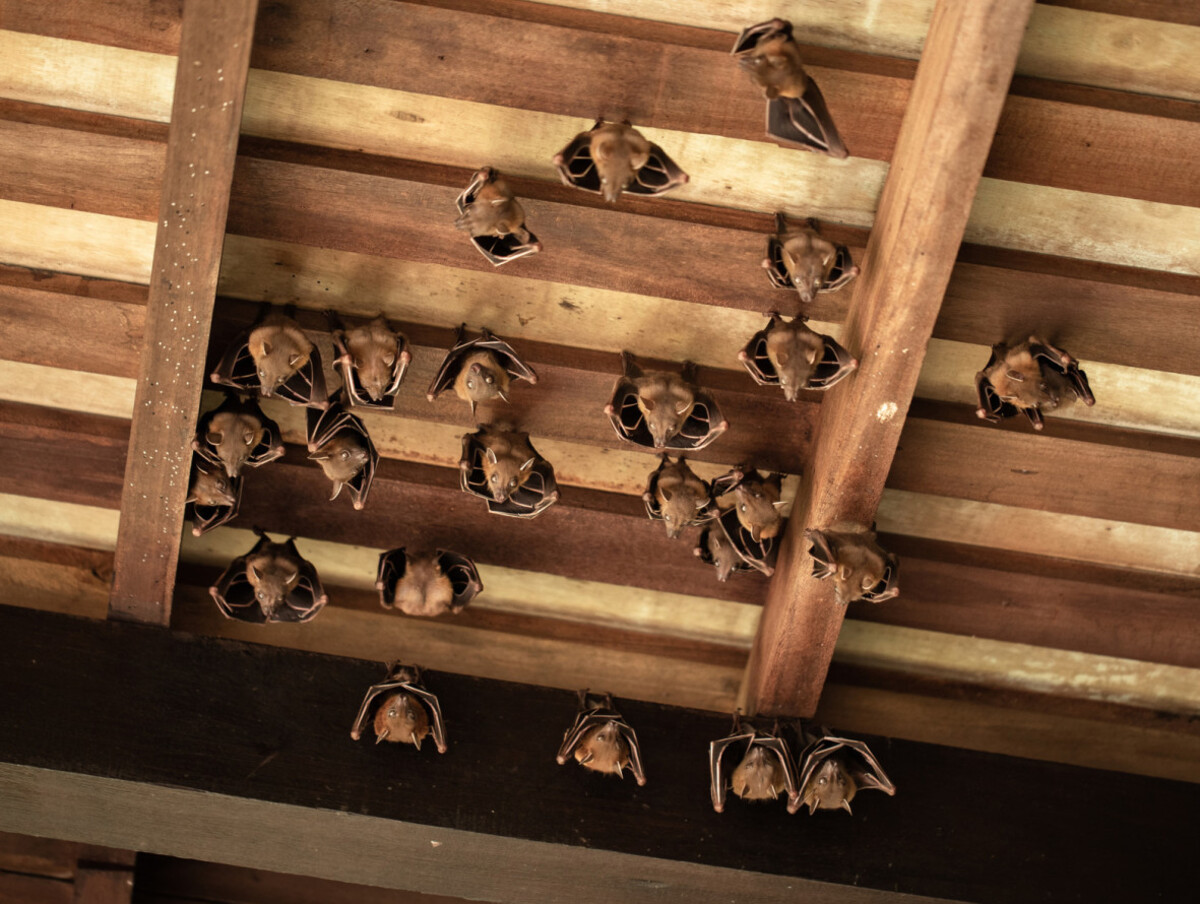
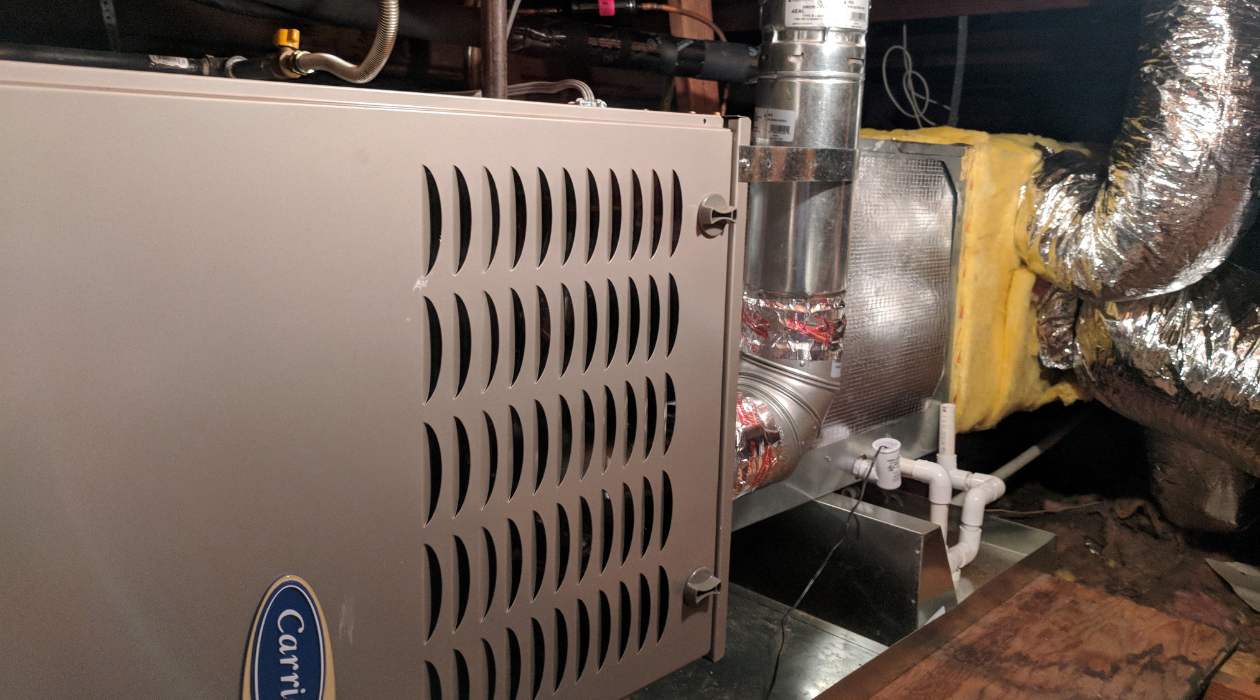
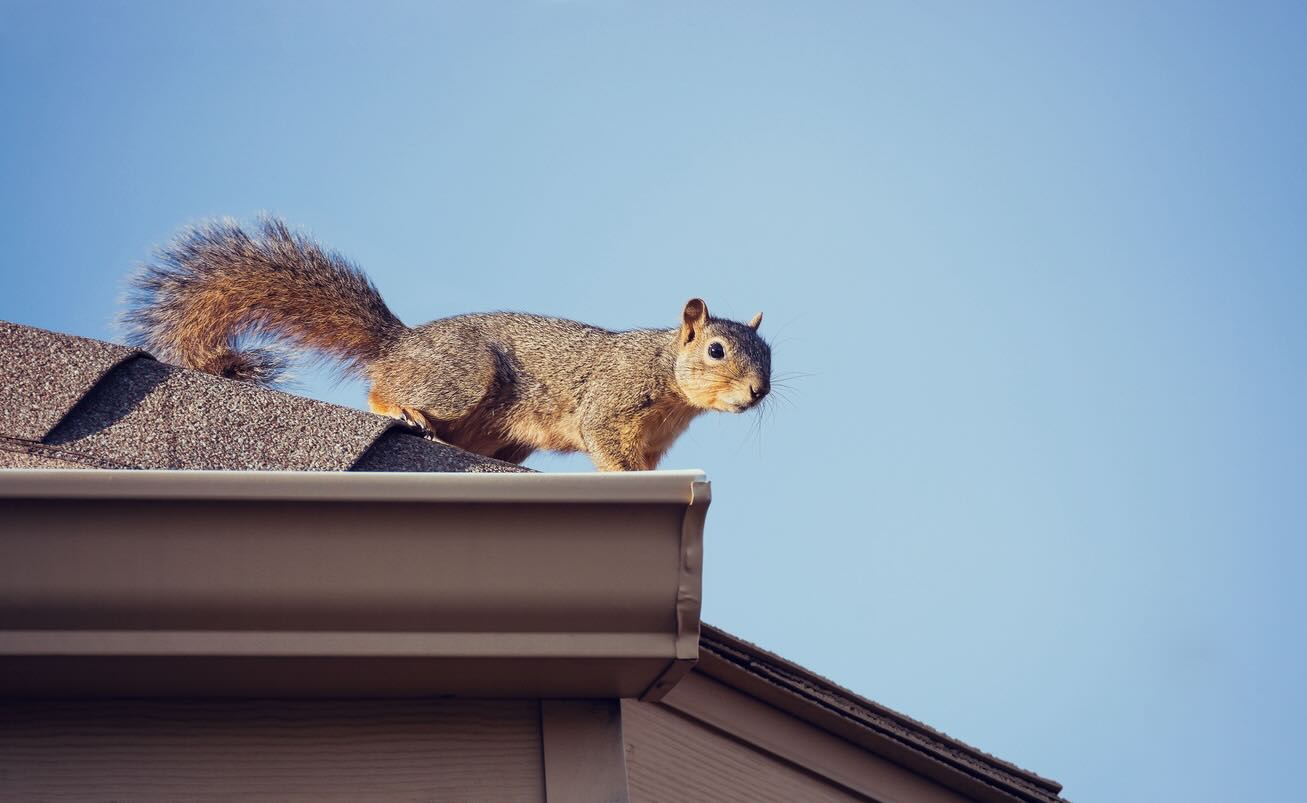



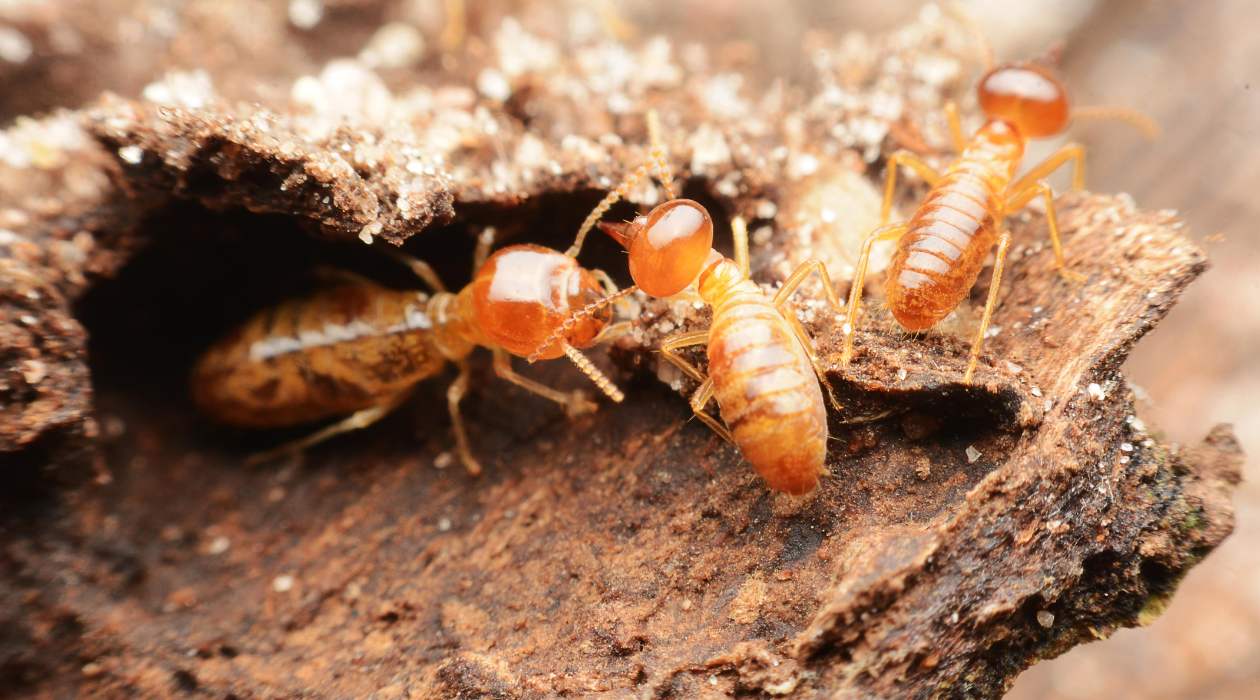
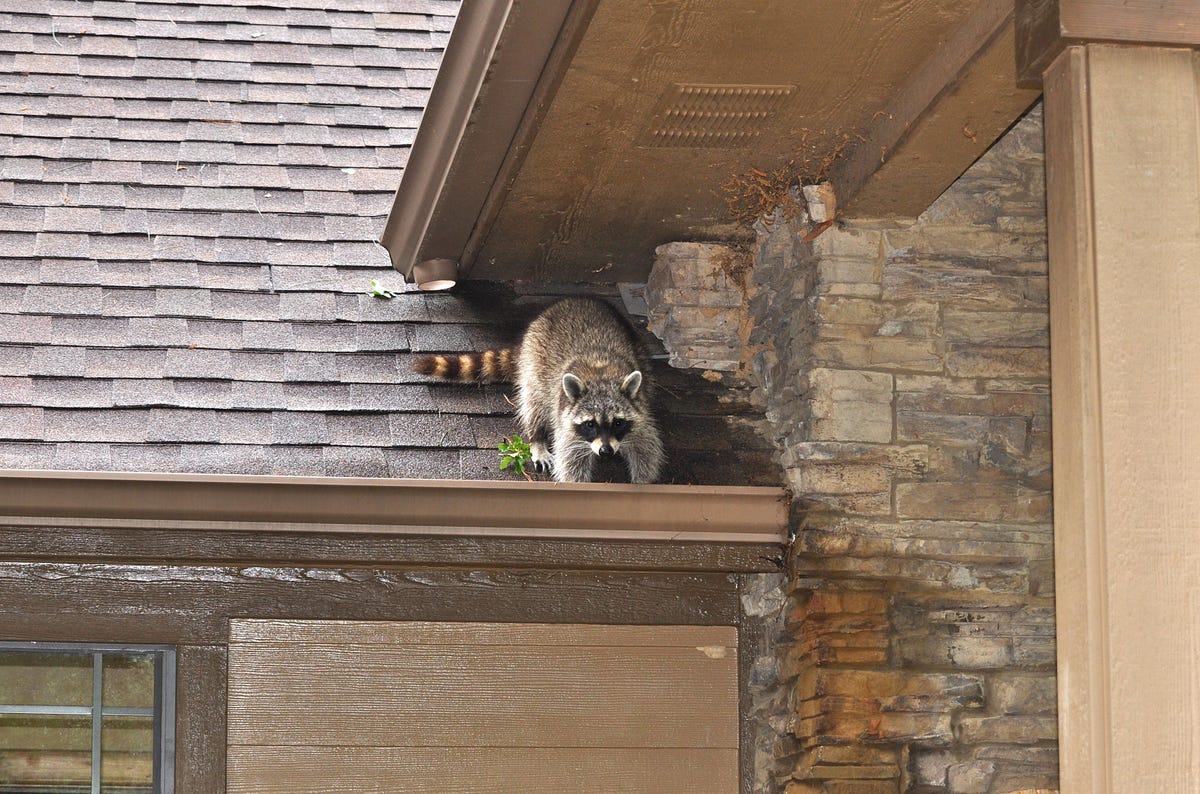
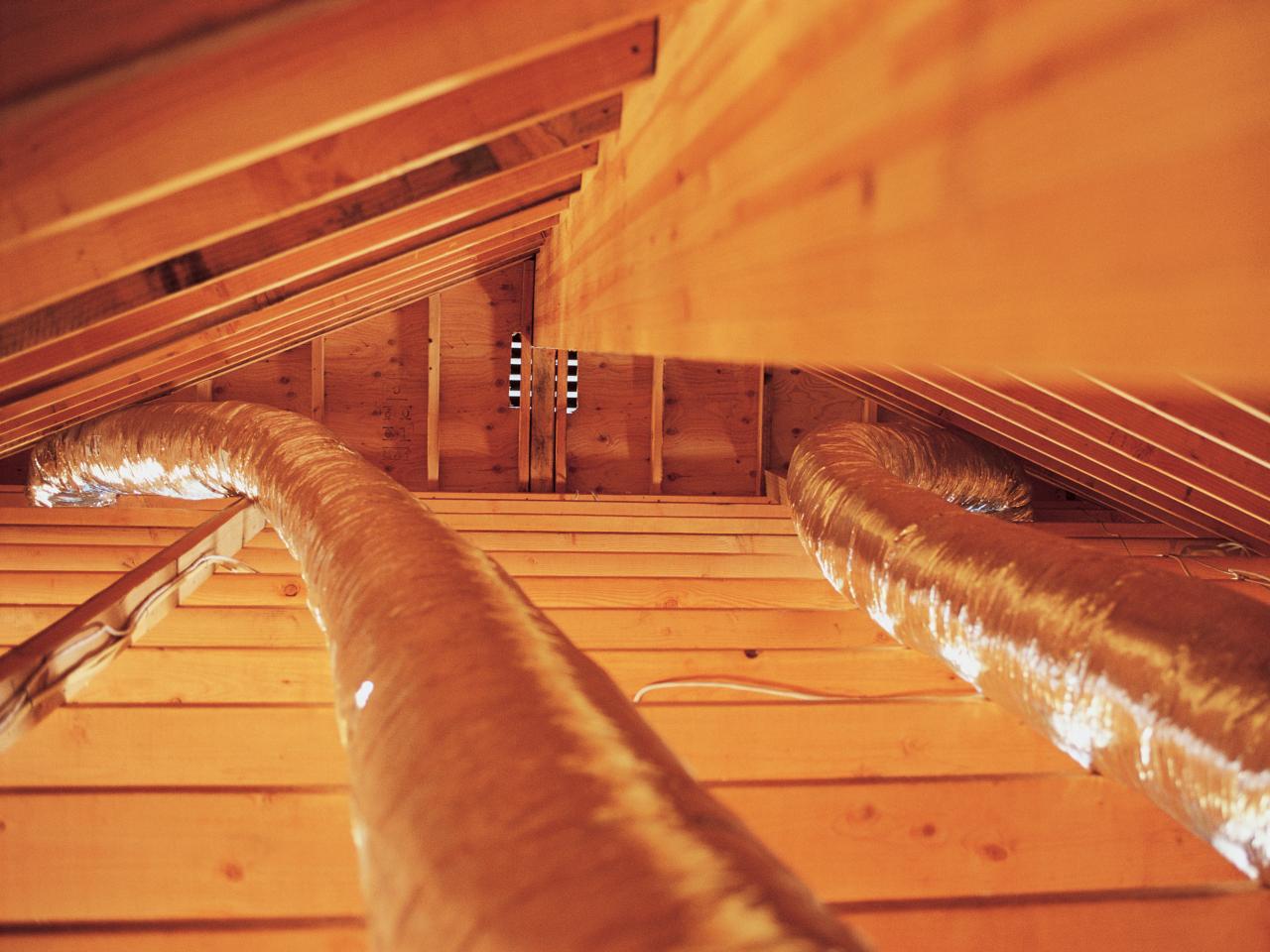

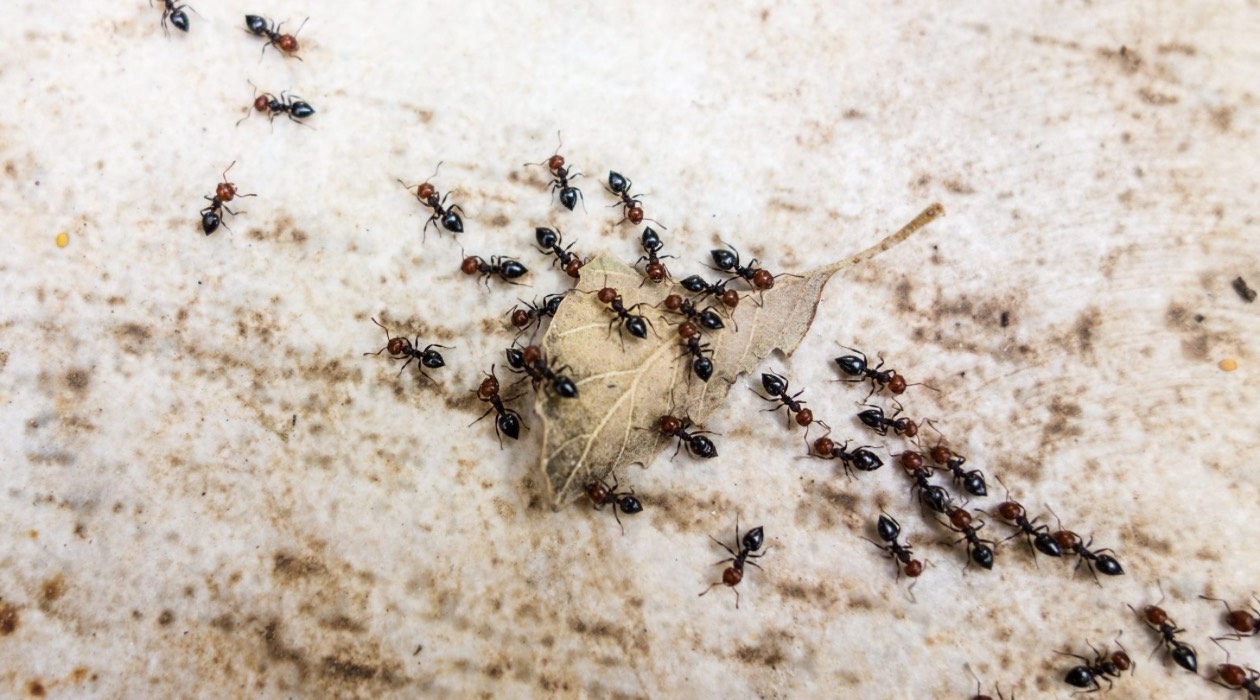

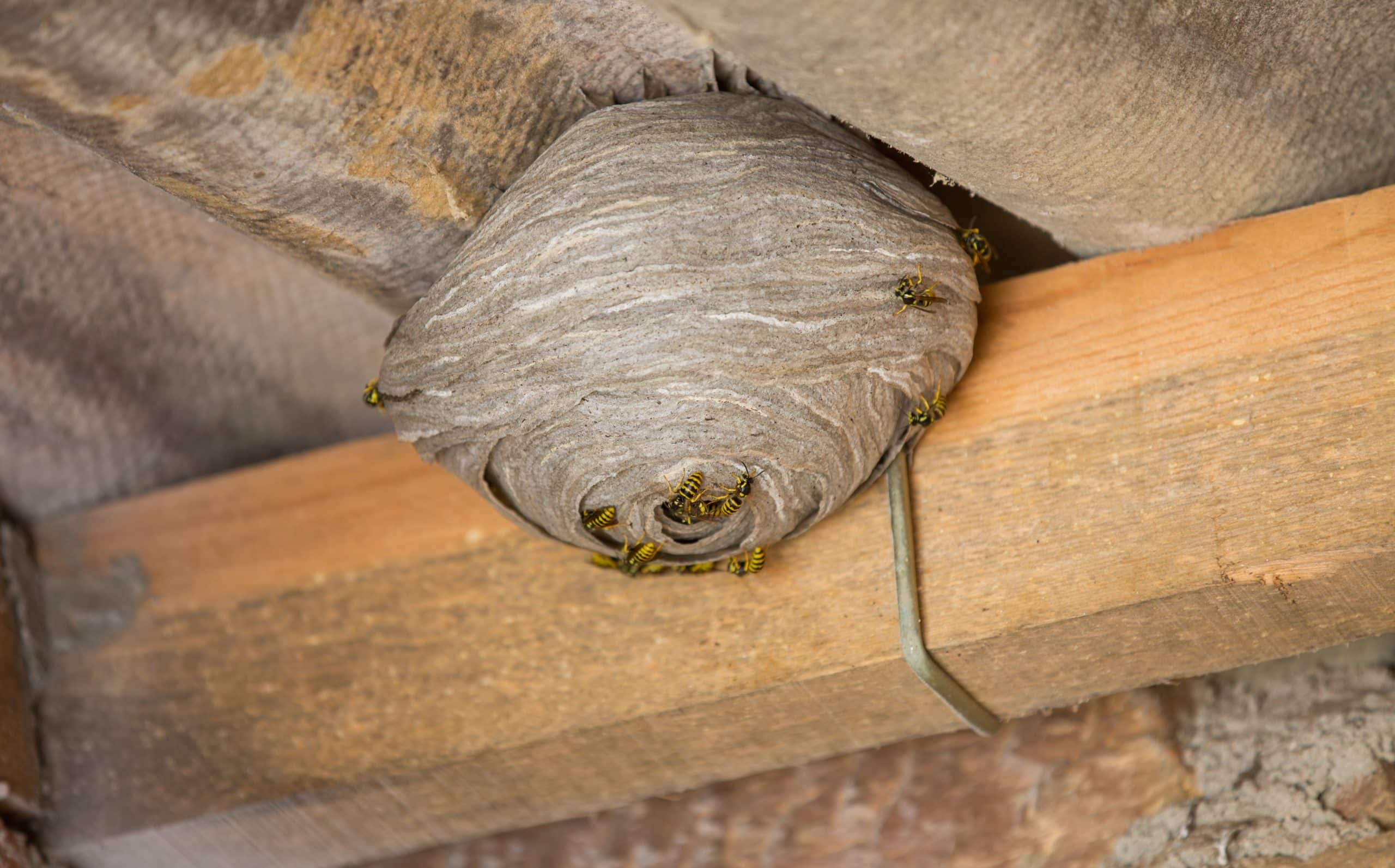
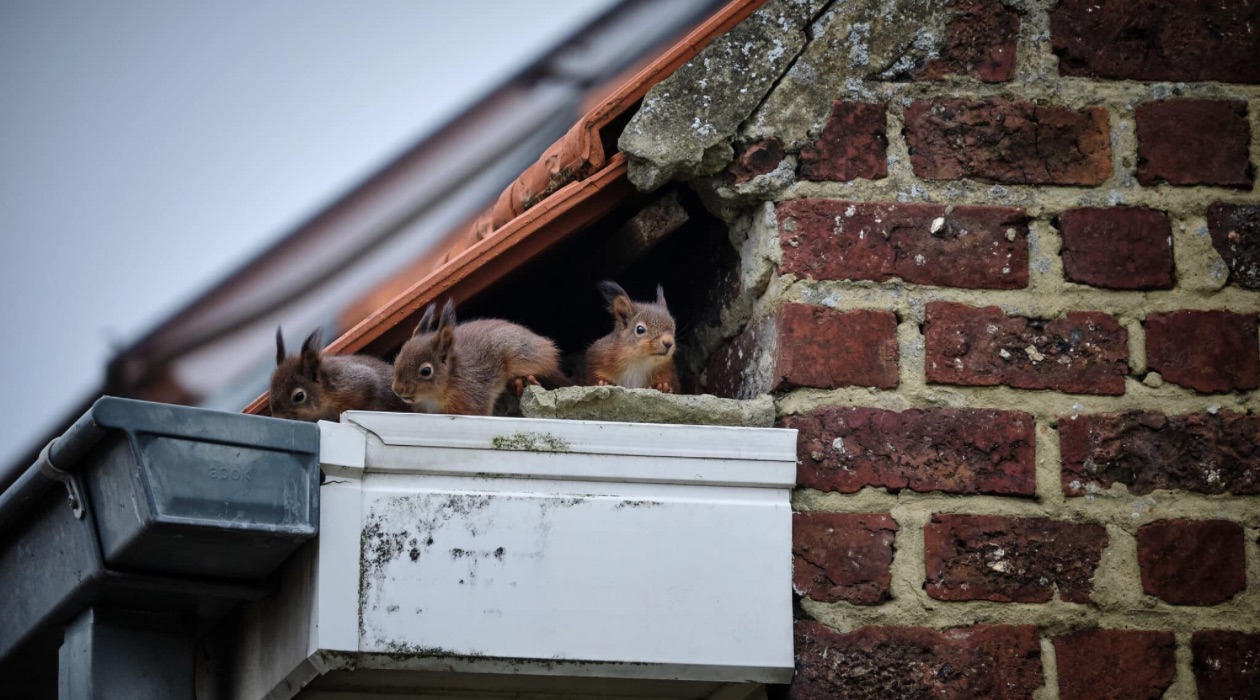

0 thoughts on “How To Get Frost Out Of Attic”